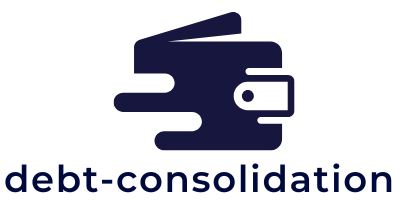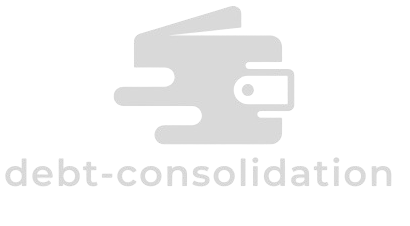Not all debt is the same. Some types of borrowing can actually help you build a stronger financial future, while others can hold you back. Knowing the difference between good debt and bad debt is key to making smart money decisions.
What Is Good Debt?
Good debt is borrowing that adds value to your life or helps you grow financially. While taking on debt always comes with risks, certain loans can be considered an investment if they help you earn more, gain valuable assets, or improve your financial stability.
Examples of Good Debt
- Education loans: Student loans can be considered good debt when they lead to higher-paying career opportunities.
- Mortgages: Buying a home usually builds long-term value, since property often increases in price over time.
- Home improvements: Using a loan to renovate your house may raise its value, especially with upgrades that improve efficiency or appeal.
- Debt consolidation: Combining high-interest debts into one lower-interest loan can save money and simplify payments.
Benefits of Good Debt
- Can improve your credit score when managed responsibly.
- Helps you build wealth by financing appreciating assets.
- Some types (like mortgages) may even provide tax benefits.
Managing Good Debt
- Borrow only what you truly need.
- Stick to a budget so you can make payments comfortably.
- Pay on time to avoid fees and credit damage.
- Keep track of your credit report to monitor your progress.
What Is Bad Debt?
Bad debt is borrowing that doesn’t add long-term value and often costs more than it’s worth. It usually involves high-interest loans or spending money on things that lose value quickly.
Examples of Bad Debt
- High-interest credit cards: Carrying balances can lead to debt that grows faster than you can pay it off.
- Auto loans: Cars lose value quickly, and long-term loans may leave you owing more than the car is worth.
- Payday loans: Extremely high fees and interest rates make these loans very risky.
- Unnecessary purchases: Using credit for luxury items, vacations, or non-essential spending can quickly lead to financial stress.
Consequences of Bad Debt
- Creates financial strain and limits your ability to save.
- Hurts your credit score if payments are late or balances stay high.
- Keeps you from investing in opportunities that could build wealth.
Managing Bad Debt
- List all your debts, including interest rates.
- Create a repayment plan (using the avalanche or snowball method).
- Avoid taking on new unnecessary debt.
- If overwhelmed, seek guidance from a financial advisor or credit counselor.
Why Financial Literacy Matters
Understanding the difference between good and bad debt is just part of financial literacy. To stay in control of your money:
- Learn how to budget effectively.
- Understand how credit works and how to maintain a strong score.
- Educate yourself on investment options.
- Explore different debt repayment strategies.
Conclusion
Debt can either be a tool for growth or a source of stress. Good debt helps you build wealth and stability when managed wisely. Bad debt drains your resources and limits your financial future. By borrowing carefully, sticking to a plan, and continuing to grow your financial knowledge, you can use debt to your advantage and avoid its pitfalls.

